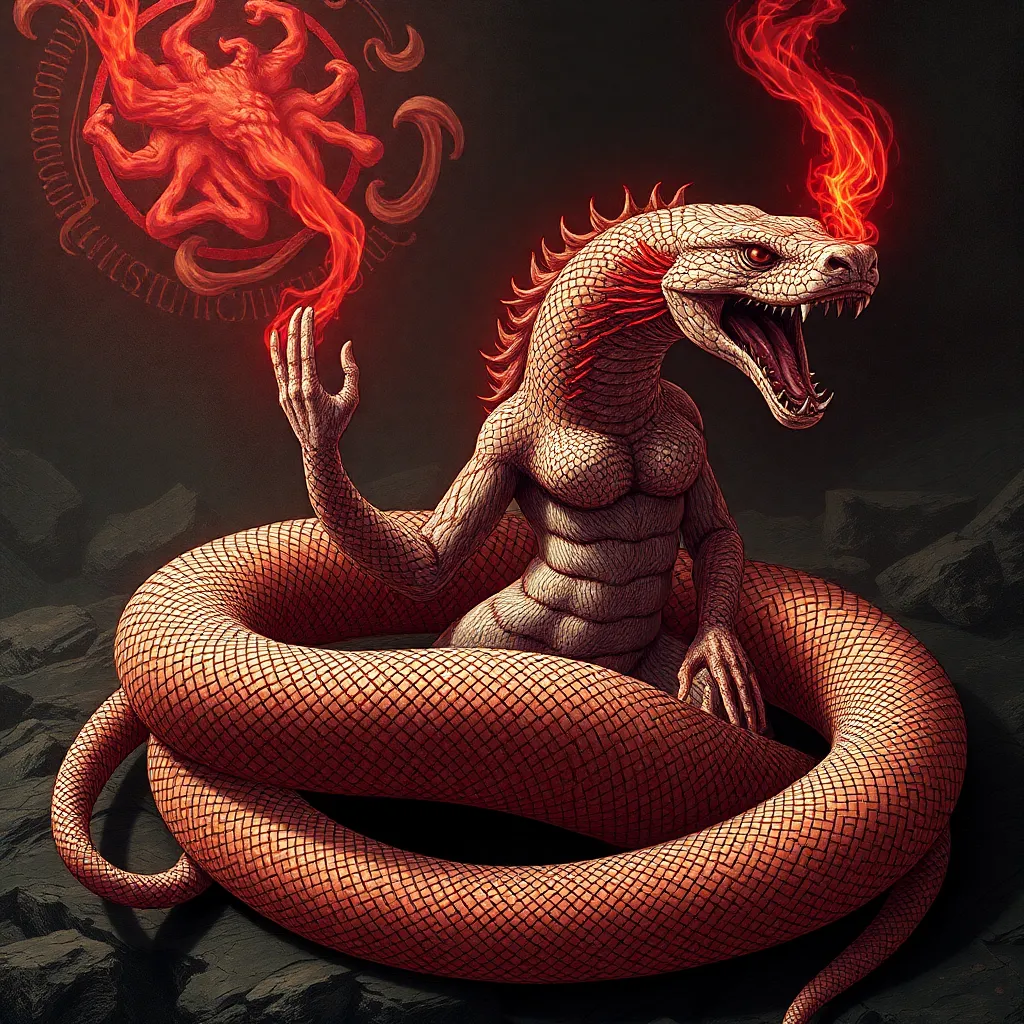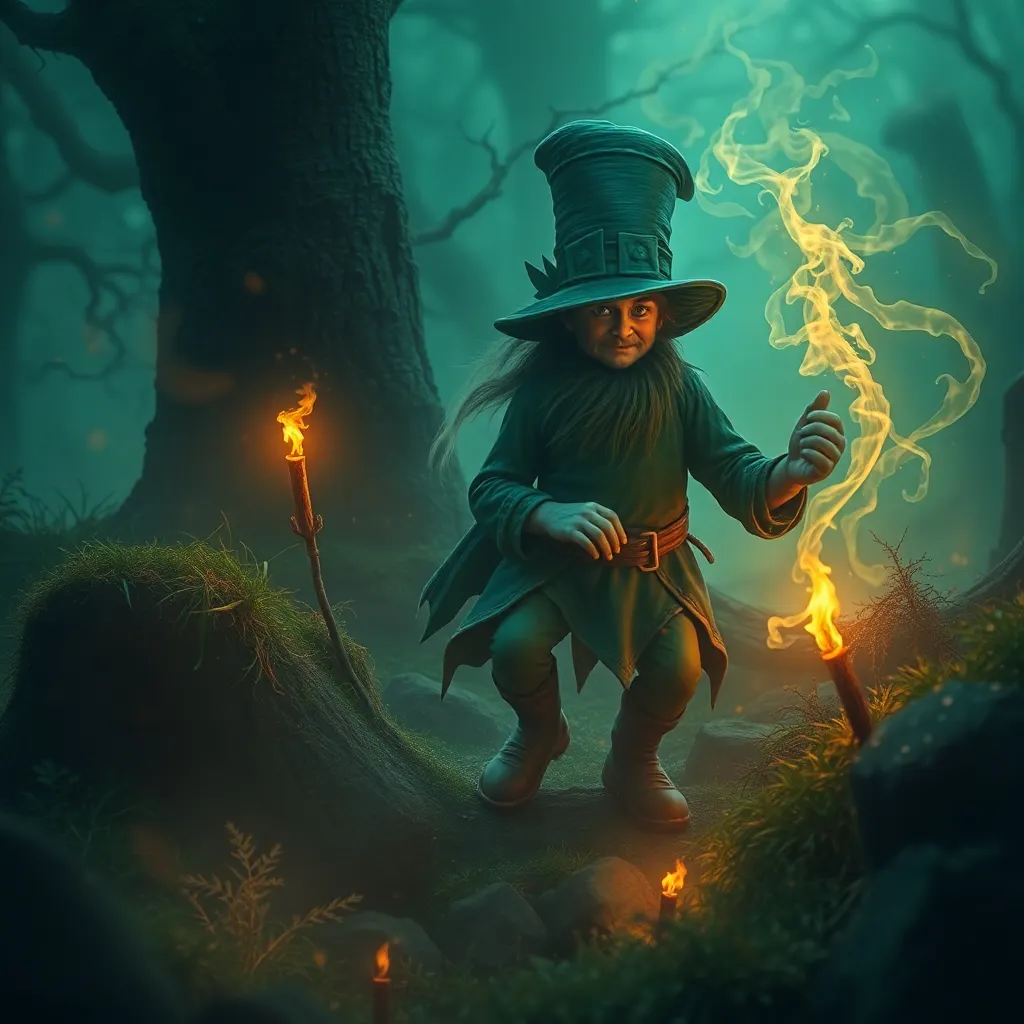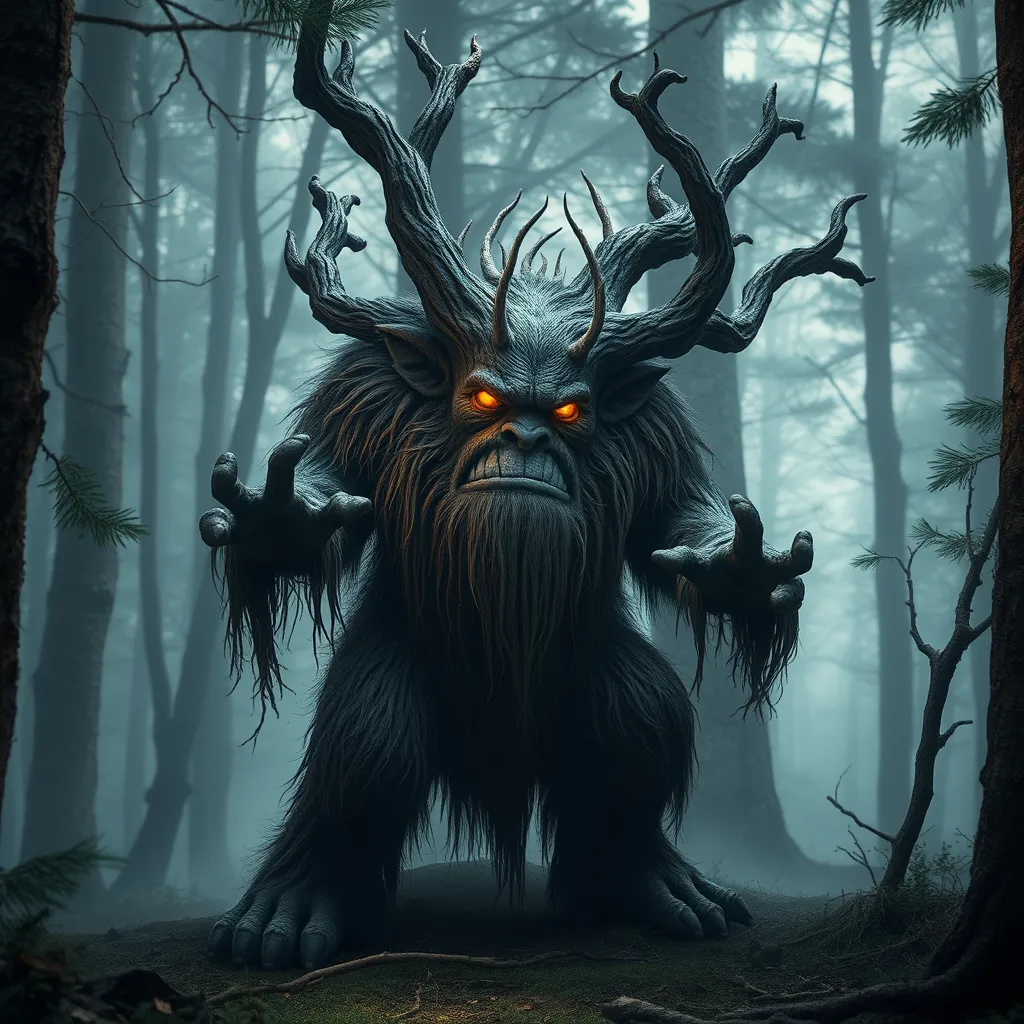Echidna: A Feminist Interpretation: Examining the Serpent-Woman as a Symbol of Female Power and Sexuality
I. Introduction
Echidna, a lesser-known figure in Greek mythology, is often overshadowed by her more famous offspring and the numerous heroes who battled her monstrous children. However, a feminist interpretation of Echidna reveals her as a powerful symbol of female power and sexuality. This article seeks to explore Echidna’s representation in mythology, focusing on her role as a complex figure embodying both nurturing and destructive aspects of femininity. Understanding Echidna through a feminist lens is crucial as it allows for a re-examination of traditional narratives and highlights the importance of female figures in mythological studies.
II. The Mythological Background of Echidna
Echidna’s origins in Greek mythology are both intriguing and multifaceted. She is often described as a half-woman, half-serpent creature, daughter of the primordial deities Phorcys and Ceto. Her lineage places her among the ancient forces of nature, emphasizing her connection to the earth and its cycles.
Within the pantheon of monsters, Echidna is known as the “Mother of Monsters,” giving birth to numerous fearsome creatures, including the Chimera, Cerberus, and the Hydra. This role reinforces her power and influence in the mythological world, as she is not merely a passive figure but an active force in the creation of monsters that challenge heroes.
Echidna’s relationship with Typhon, the father of monsters, further complicates her characterization. Together, they represent chaos and destruction, yet their union also symbolizes fertility and the potential for new life, illustrating the duality of creation and destruction in mythology.
III. The Symbolism of the Serpent in Feminine Power
Throughout history, serpents have been associated with femininity and fertility. In many cultures, they symbolize rebirth, transformation, and the cyclical nature of life. Echidna, as a serpent-woman, embodies these associations, representing both the nurturing aspects of femininity and the potential for destruction.
- Nurturing vs. Destructive: Echidna’s duality reflects the complexities of motherhood and femininity. While she is a mother to many monstrous offspring, she is also a figure of terror, capable of instilling fear in heroes and mortals alike.
- Wisdom and Sexual Autonomy: The serpent is often viewed as a symbol of wisdom and knowledge. Echidna’s serpentine form can be interpreted as a representation of sexual autonomy, challenging societal norms regarding female sexuality.
This duality presents Echidna as a figure who embodies both the nurturing mother and the fearsome beast, illustrating the complexities of female power and sexuality in mythology.
IV. Echidna as a Maternal Figure
Echidna’s role as the “Mother of Monsters” offers a unique perspective on motherhood in mythology. Unlike traditional portrayals of maternal figures, Echidna’s children are not heroes but rather monsters that often oppose the heroic ideals of Greek mythology. This inversion challenges conventional narratives about motherhood and femininity.
The implications of Echidna’s motherhood extend beyond mere reproduction; they delve into the tension between maternal instincts and her monstrous identity. Echidna nurtures her children, yet they are often seen as embodiments of chaos, reflecting the fear of female power that disrupts societal norms.
This complexity raises questions about the nature of motherhood: Is a mother defined solely by her nurturing role, or can she also embody traits of strength and ferocity?
V. Sexuality and Power Dynamics
Echidna’s portrayal in myths often includes elements of sexuality that challenge patriarchal narratives. Her serpentine form is not only a symbol of fear but also an embodiment of allure and seduction. This duality showcases how female sexuality can be both powerful and threatening in a male-dominated world.
- Sexual Allure: Echidna’s beauty and charisma play significant roles in her characterization, suggesting that her power lies not only in her monstrous abilities but also in her sexuality.
- Challenge to Patriarchy: By owning her sexuality, Echidna subverts traditional gender roles, positioning herself as a figure of strength rather than victimhood.
The connection between sexuality, power, and autonomy in female figures like Echidna is critical in understanding how mythological narratives can reflect and shape societal views on women.
VI. Feminist Reinterpretations of Echidna’s Legacy
Contemporary feminist perspectives on myth and mythology encourage a re-evaluation of figures like Echidna. Rather than viewing her solely as a monster, modern interpretations can frame her as a symbol of empowerment and resilience.
- Empowerment Narratives: Echidna can serve as a model for women seeking to reclaim their power and autonomy, challenging the limitations imposed by traditional narratives.
- Critiques of Traditional Interpretations: Feminist critiques highlight the need to move beyond simplistic portrayals of female figures in mythology, urging a deeper understanding of their complexities.
By embracing these reinterpretations, scholars and activists can foster a more inclusive dialogue around mythological figures, allowing for broader discussions on gender, power, and identity.
VII. Echidna in Popular Culture and Modern Discourse
Echidna’s representation in modern literature, film, and art reflects evolving societal views of femininity and power. Contemporary adaptations often portray her as a complex character, highlighting her strengths and her struggles against patriarchal systems.
- Literature: Modern authors may reinterpret Echidna’s story to emphasize her agency and strength, positioning her as a feminist icon.
- Film and Art: Visual representations of Echidna often explore themes of duality and complexity, showcasing her as both a nurturing mother and a fearsome creature.
Case studies of these modern interpretations demonstrate how Echidna’s legacy can resonate with contemporary audiences, providing narratives that empower women and challenge traditional gender norms.
VIII. Conclusion
In summary, Echidna serves as a powerful symbol of female strength, sexuality, and complexity within Greek mythology. Her duality as both a nurturing mother and a fearsome monster reflects the intricate nature of femininity and the societal fears surrounding it. As we engage with contemporary feminist discourse, Echidna’s legacy remains relevant, encouraging further exploration and reclamation of mythological figures through feminist frameworks.
By re-examining Echidna and other mythological figures, we can foster a deeper understanding of gender dynamics, empowerment, and the diverse representations of women in mythology and beyond.



